Define Amino Acids
Amino acids are like building blocks for proteins, which are essential for our bodies. Imagine a protein as a LEGO structure, and amino acids are the individual LEGO pieces. There are mainly 20 different types of amino acids that our bodies use. Each one has a unique shape and role. Some amino acids help our immune system or help in digestion. When we eat food containing protein, like meat, fish, beans, or nuts, our bodies break down these proteins into amino acids. Then, our cells use these amino acids to build new proteins that our body needs to function properly. Think of amino acids as tiny workers in a construction site, helping to create and repair different parts of our body, like muscles, organs, and even hormones. So, getting a variety of proteins in our diet ensures we have all the different types of amino acids our body requires for good health.
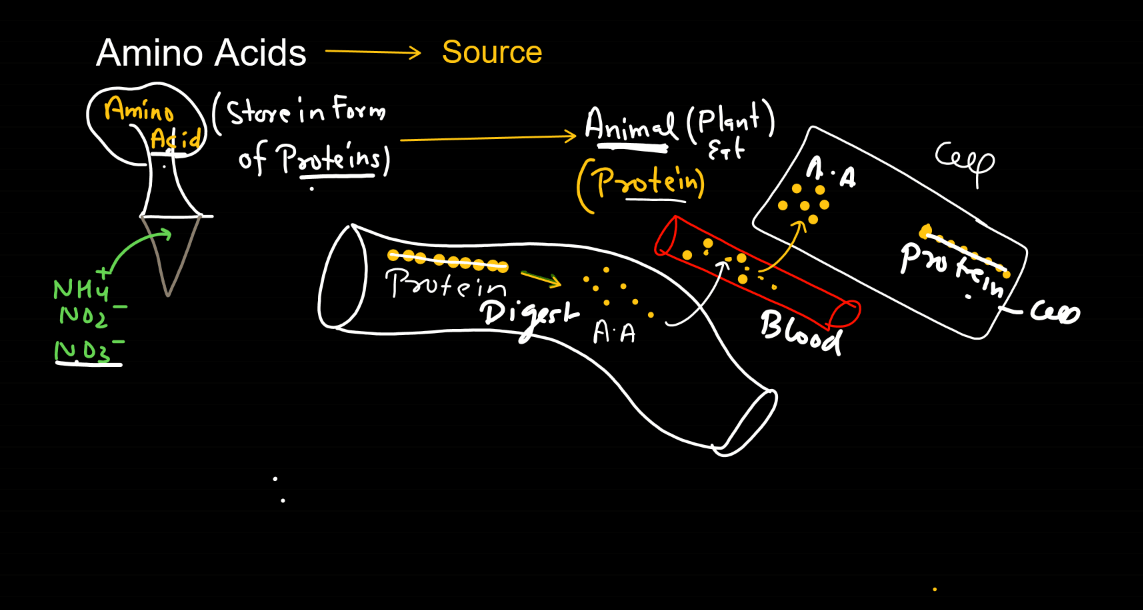
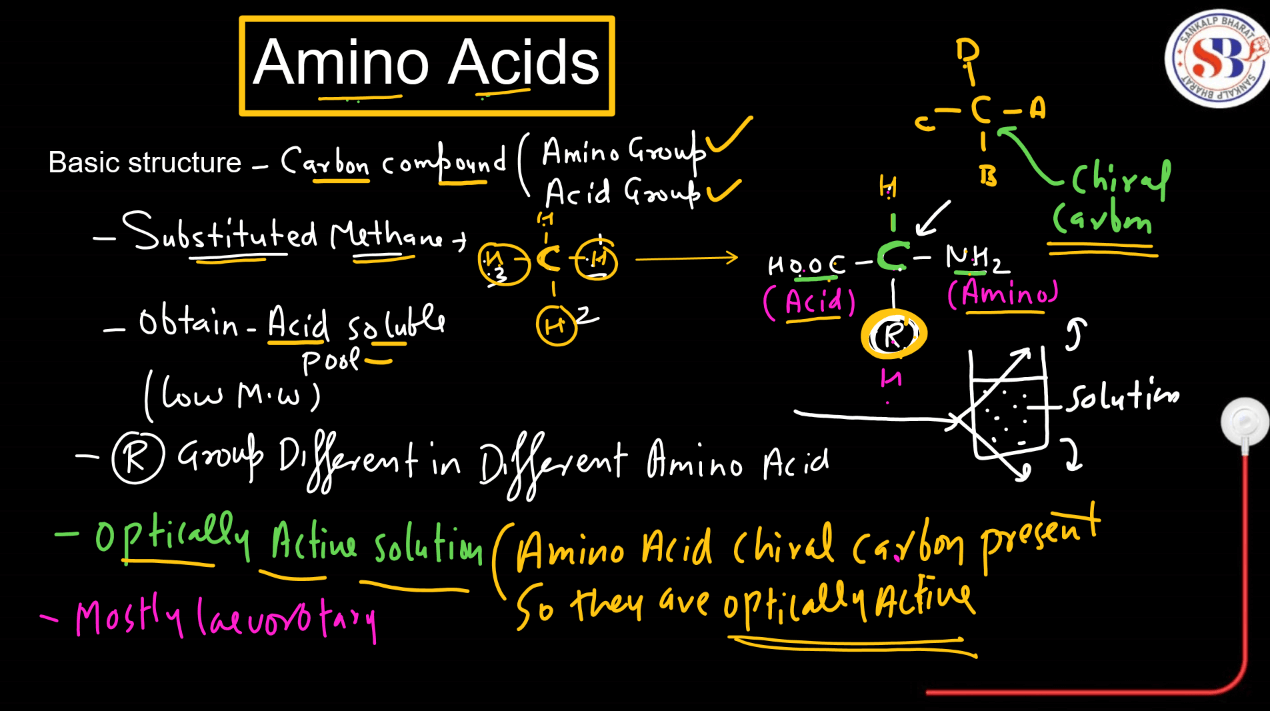
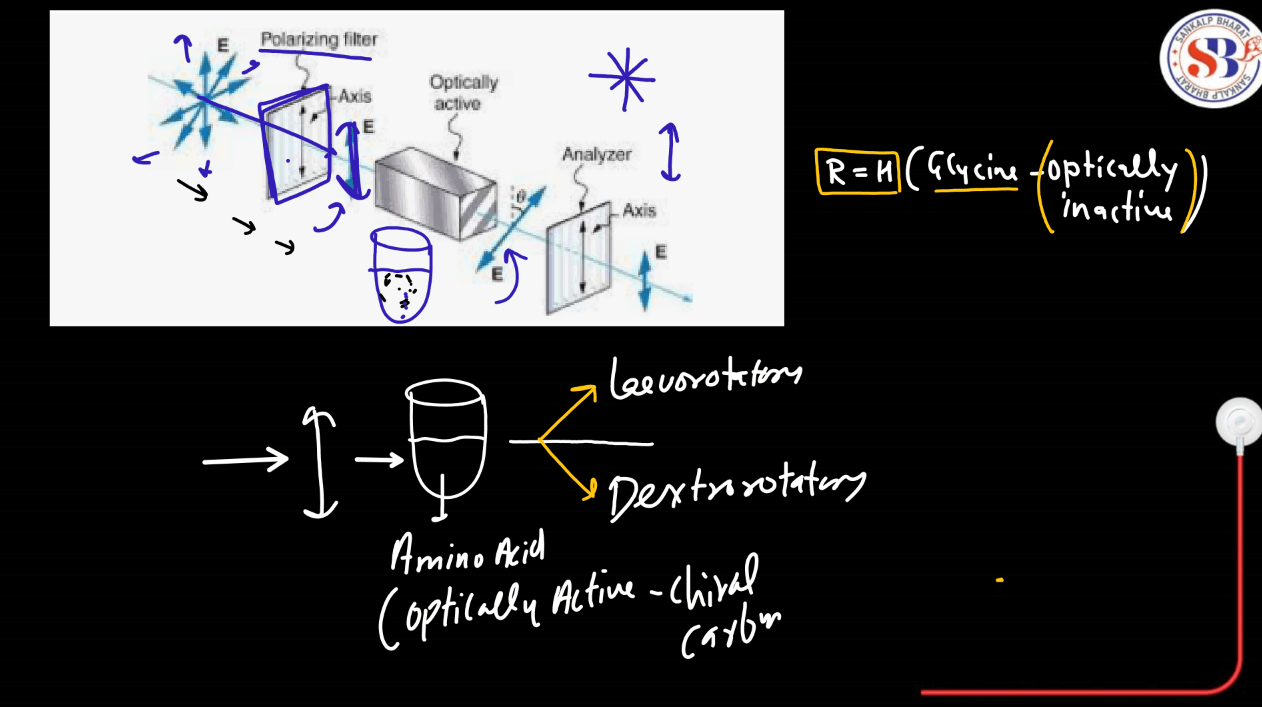
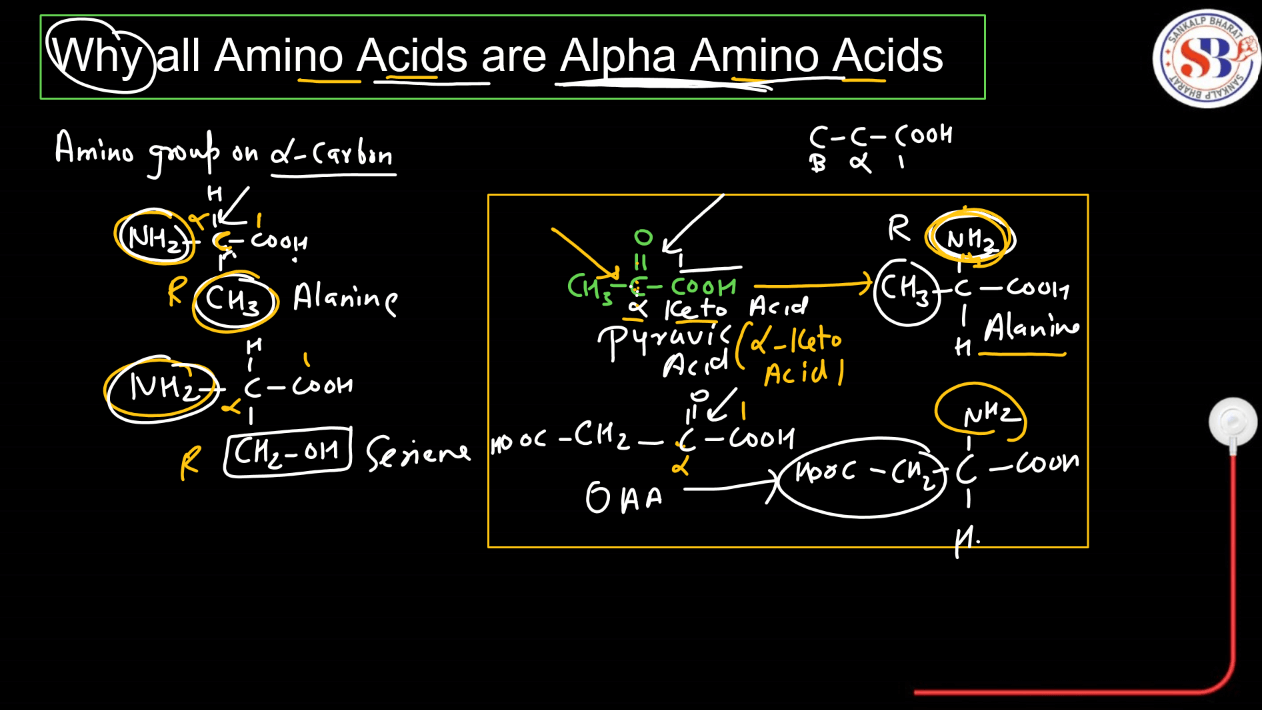
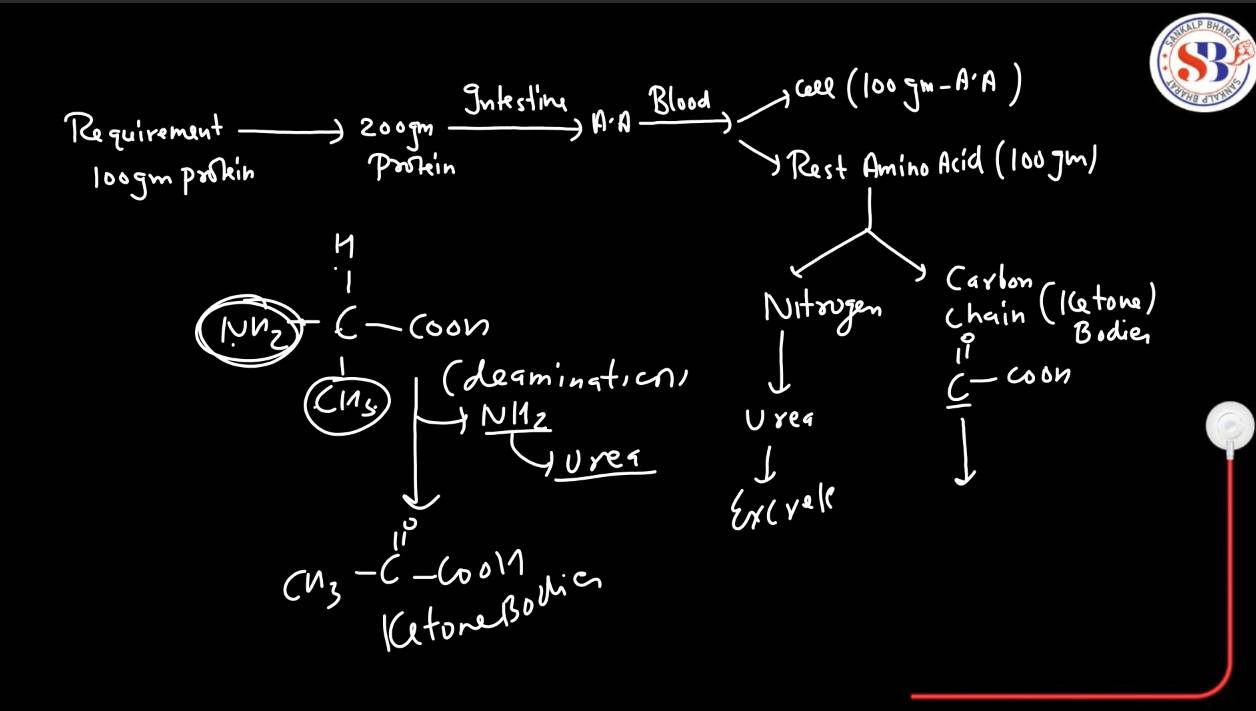
List of All 20 Amino Acids
Below we have all 20 amino acids that are used by our body:
- Alanine (Ala, A): C₃H₇NO₂
- Arginine (Arg, R): C₆H₁₄N₄O₂
- Asparagine (Asn, N): C₄H₈N₂O₃
- Aspartic acid (Asp, D): C₄H₇NO₄
- Cysteine (Cys, C): C₃H₇NO₂S
- Glutamic acid (Glu, E): C₅H₉NO₄
- Glutamine (Gln, Q): C₅H₁₀N₂O₃
- Glycine (Gly, G): C₂H₅NO₂
- Histidine (His, H): C₆H₉N₃O₂
- Isoleucine (Ile, I): C₆H₁₃NO₂
- Leucine (Leu, L): C₆H₁₃NO₂
- Lysine (Lys, K): C₆H₁₄N₂O₂
- Methionine (Met, M): C₅H₁₁NO₂S
- Phenylalanine (Phe, F): C₉H₁₁NO₂
- Proline (Pro, P): C₅H₉NO₂
- Serine (Ser, S): C₃H₇NO₃
- Threonine (Thr, T): C₄H₉NO₃
- Tryptophan (Trp, W): C₁₁H₁₂N₂O₂
- Tyrosine (Tyr, Y): C₉H₁₁NO₃
- Valine (Val, V): C₅H₁₁NO₂
Classification of Amino Acids
Amino acids can be classified into three different types based on the properties of their R group, namely: Nonpolar amino acids, Polar amino acids, and Charged amino acids. Where the nonpolar amino acids are those that have hydrophobic R groups, such as alanine, valine, leucine, and phenylalanine. Polar amino acids have hydrophilic R groups, such as serine, threonine, cysteine, and tyrosine. Whereas Charged amino acids are those that have either positively charged (basic) or negatively charged (acidic) R groups. Examples include lysine, arginine, glutamic acid, and aspartic acid.
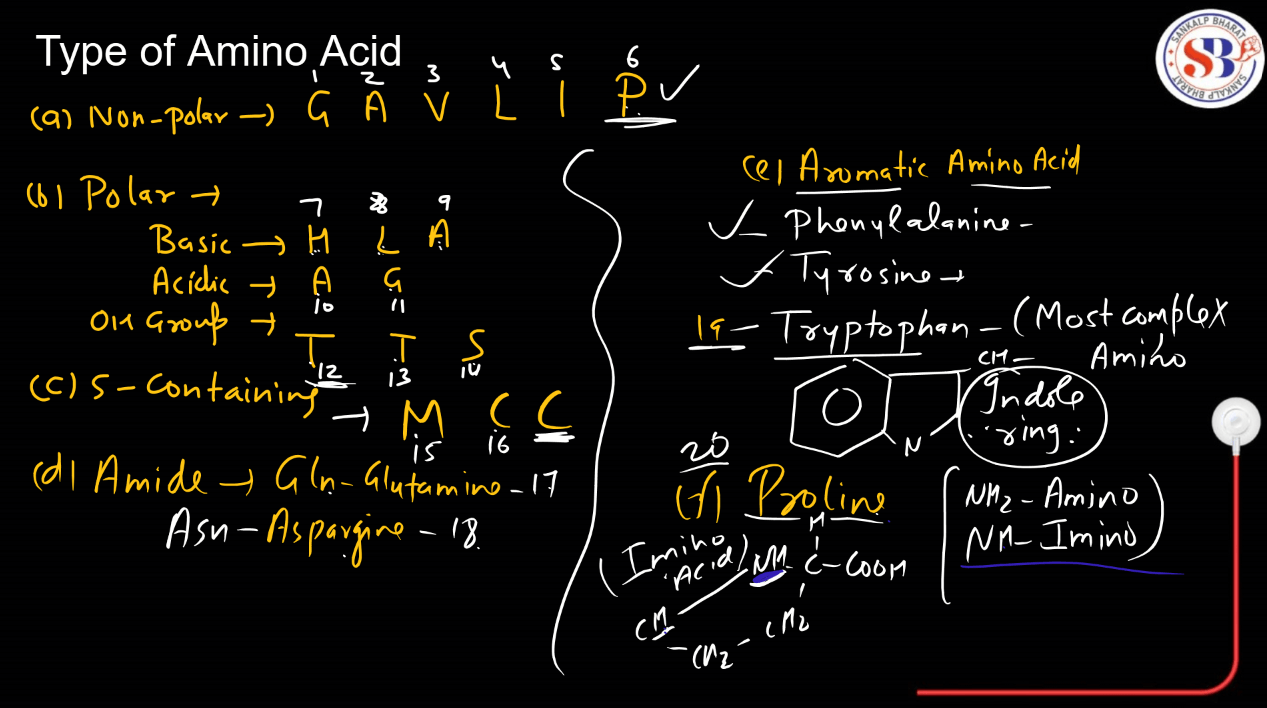
| Classification of Amino Acids | |
| Types | Description |
| Polar amino acids | Polar amino acids are like magnets that attract water molecules. They have parts that love water, making them soluble in water-based environments like the inside of cells or blood. |
| Nonpolar amino acids | Nonpolar amino acids are like oil in water – they don’t mix well with water because they lack parts that attract water-soluble molecules. They tend to be found in hydrophobic environments like Cell membranes. |
| Charged amino acids | Charged amino acids are like tiny magnets with either a positive or negative charge. These charges make them interact strongly with other molecules in the cell, influencing protein structure and functions. |
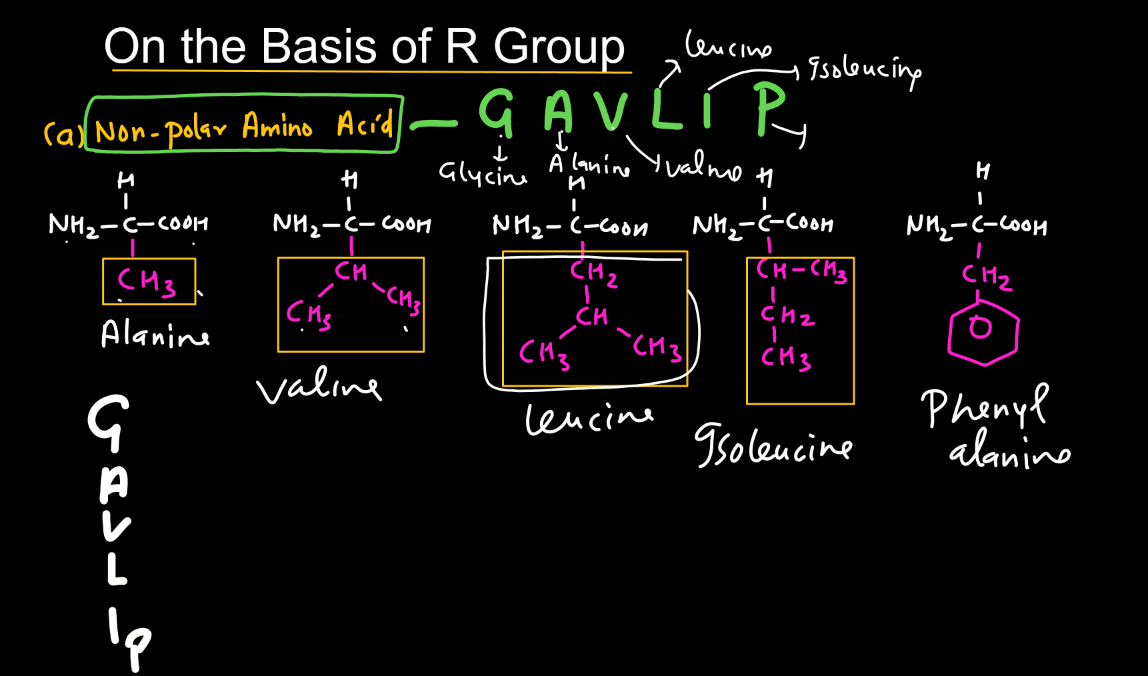
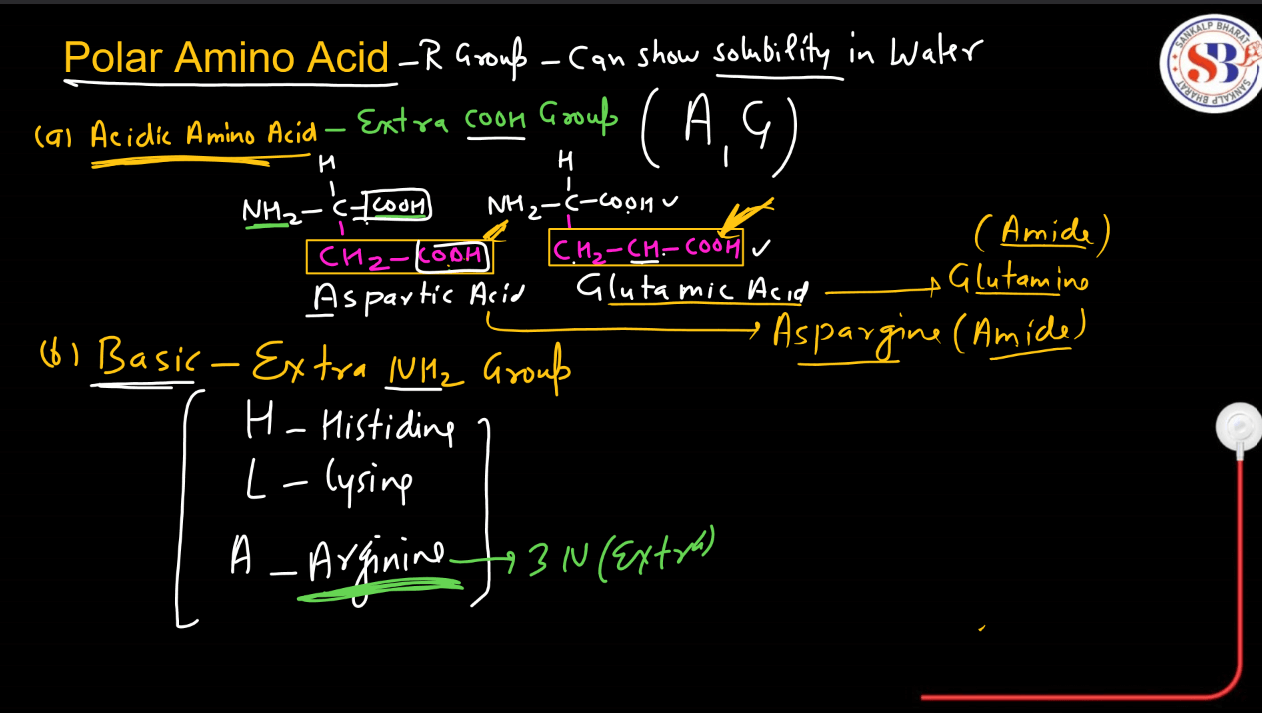

Properties of Amino Acids
Amino Acids are the building blocks of proteins and play crucial roles in various biological processes. Understanding the properties of amino acids is fundamental in grasping the importance of amino acids in biological systems and their impact on health and nutrition. Here are the key properties of amino acids.
- Structure: Amino acids have a central carbon (alpha carbon) bonded to four groups: an amino group (-NH2), a carboxyl group (-COOH), a hydrogen atom (-H), and a variable R group or side chain, which determines the specific amino acid.
- Acidity/Basicity: Amino acids can act as acids or bases depending on the pH of their environment. The amino group can accept a proton (H+) to become positively charged (basic), while the carboxyl group can donate a proton (H+) to become negatively charged (acidic).
- Isomerism: Amino acids exist in two main forms: L-amino acids and D-amino acids. In biological systems, L-amino acids are predominant and are used in protein synthesis.
- Essentiality: Some amino acids are considered essential because the body cannot synthesize them and they must be obtained from the diet. Examples include histamine, isoleucine, leucine, lysine, methionine, phenylalanine, threonine, tryptophan, and valine.
- Biosynthesis: Most nonessential amino acids can be synthesized by the body using precursor molecules and specific enzymatic pathways.
Essential and Non Essential Amino Acids
Essential amino acids are those that our bodies can’t make on their own, so we need to get them from food. There are nine essential amino acids that are: histamine, isoleucine, leucine, lysine, methionine, phenylalanine, threonine, tryptophan, and valine. They are crucial for building proteins, supporting growth, repairing tissues, and maintaining overall health.
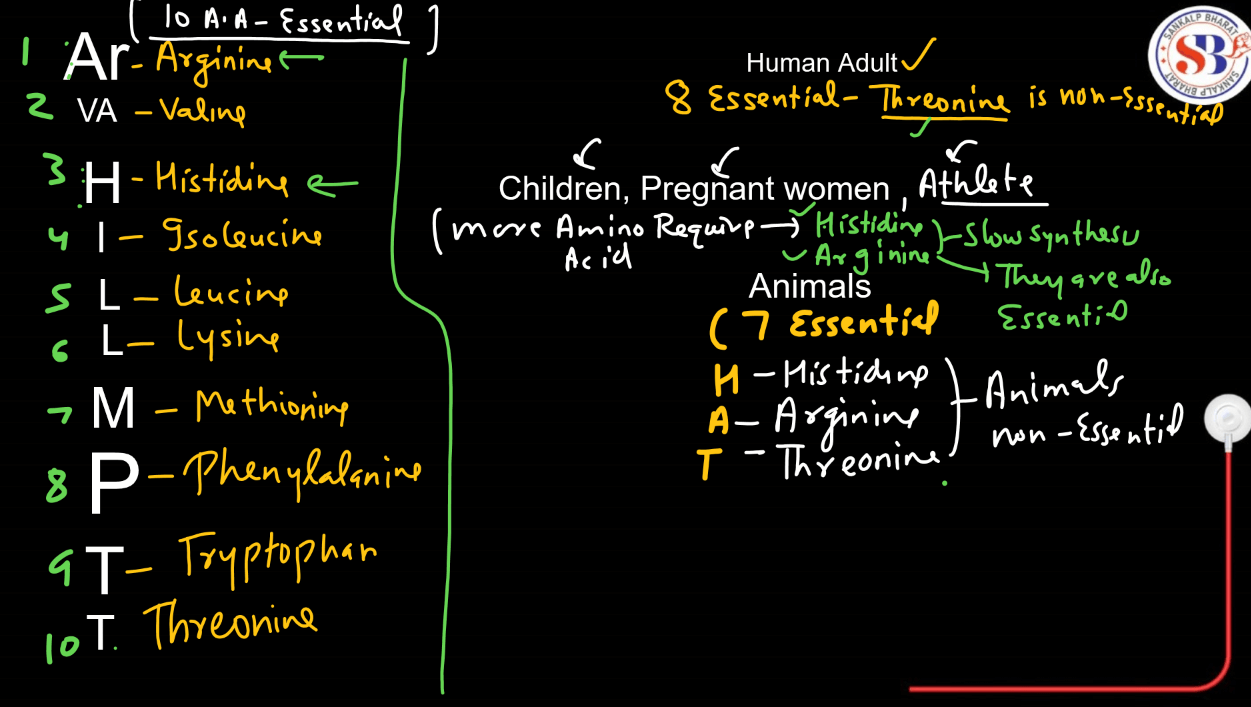
Where non essential amino acids on the other hand are those amino acids that our bodies can synthesize from other nutrients. They include alanine, cysteine, asparagine, aspartic acid, cysteine, glutamine, glutamic acid, glycine, proline, serine, and tyrosine. While they are still important for various bodily functions and protein synthesis, they don’t need to be obtained directly from the diet.
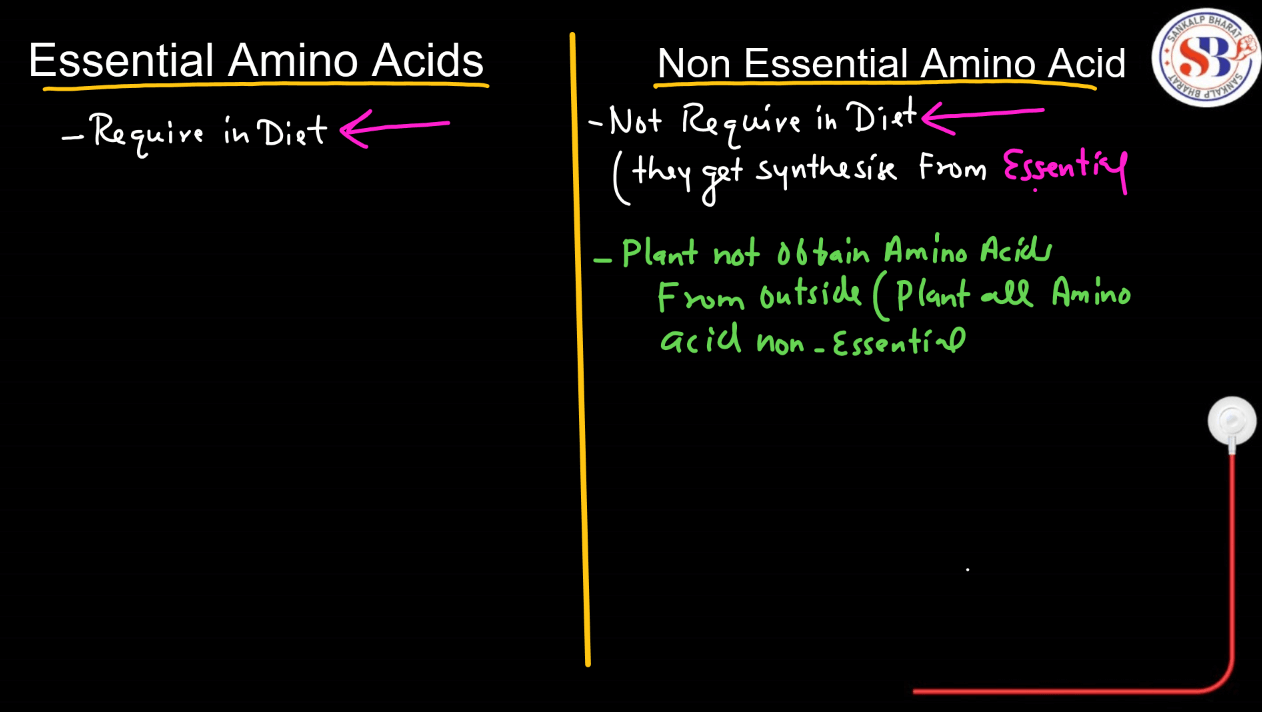

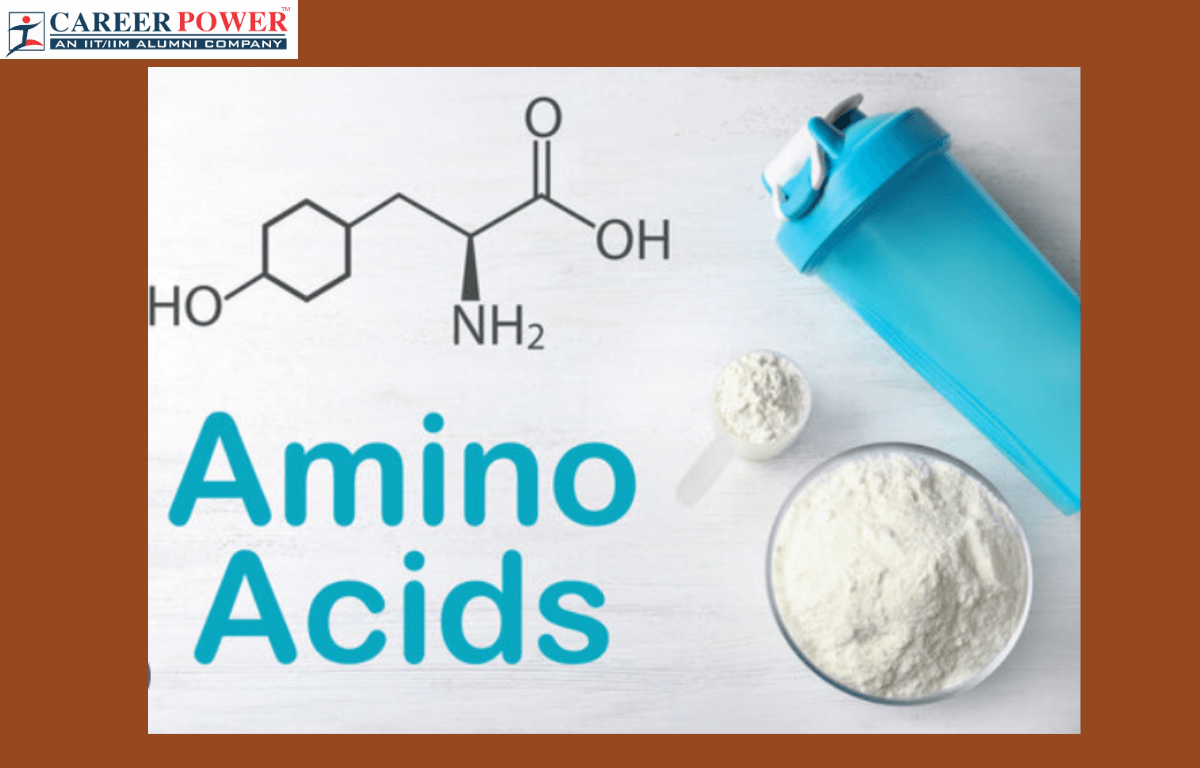

 50 Vegetables Name for Kids in English a...
50 Vegetables Name for Kids in English a...
 Food Chain: Definition, Types, Examples,...
Food Chain: Definition, Types, Examples,...
 Human Respiratory System: Definition, Di...
Human Respiratory System: Definition, Di...













